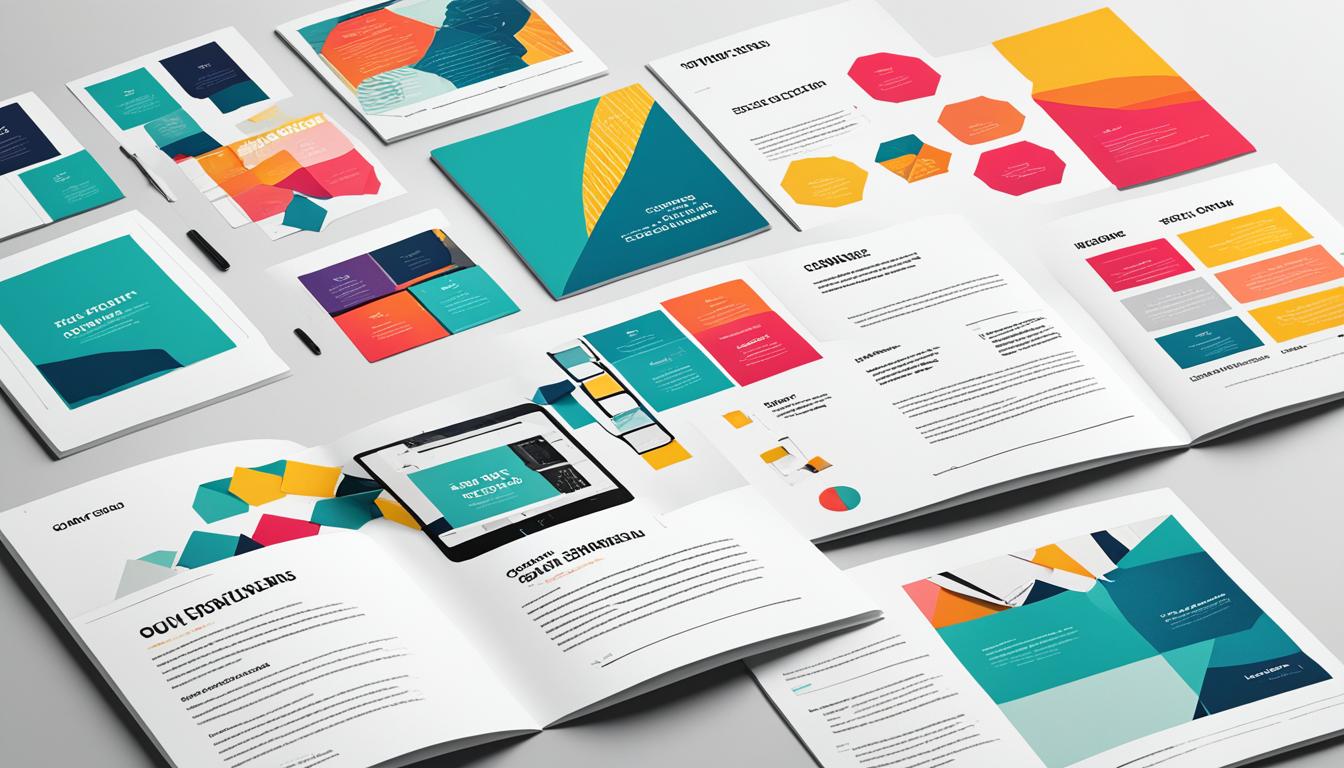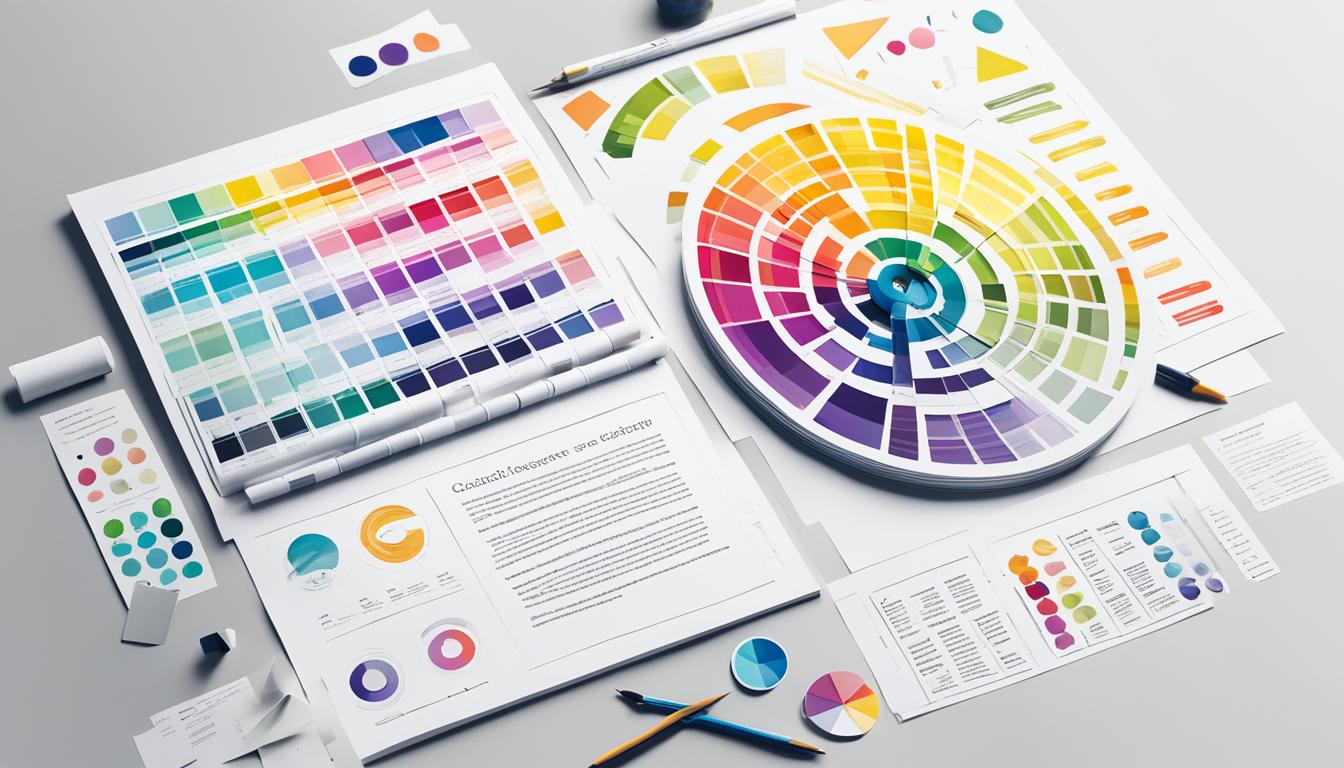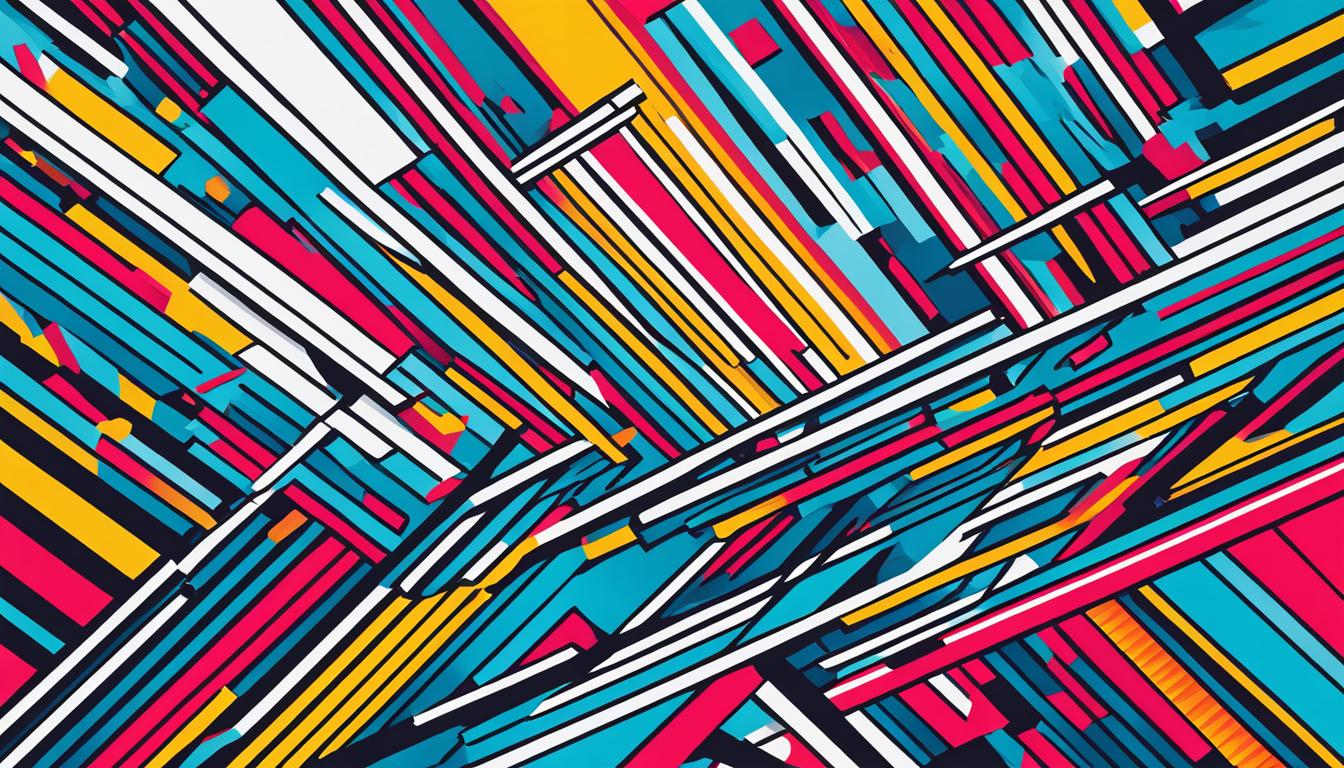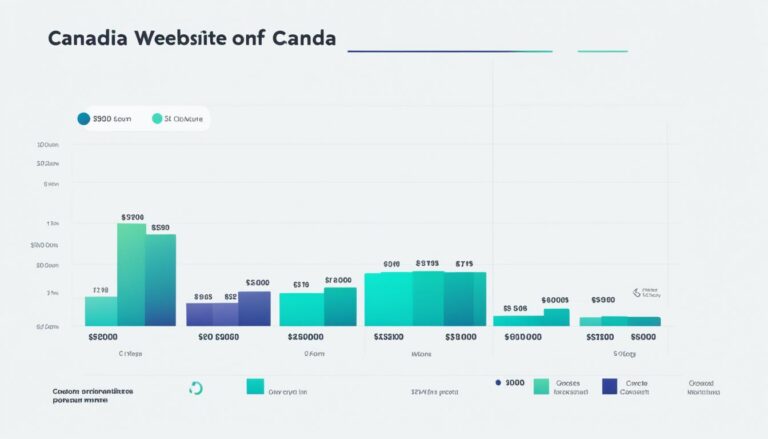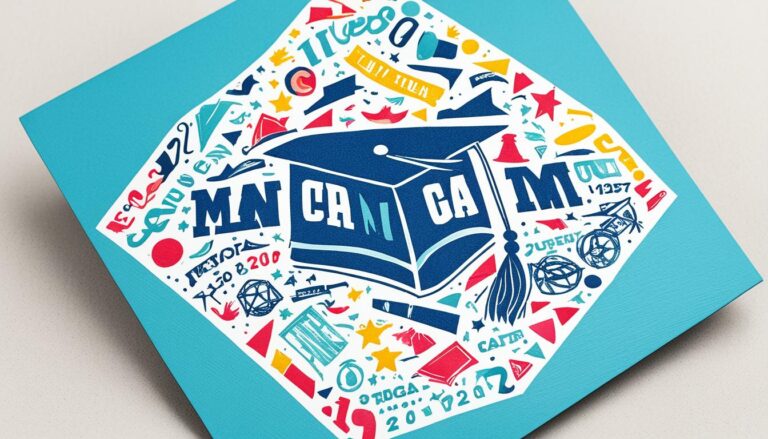Graphic Design How-To: Tips for Creative Success
Graphic design is a captivating field that offers endless creative opportunities. Whether you’re designing websites, logos, or marketing materials, mastering the art of graphic design is essential for success. In this article, we will explore some valuable tips and tricks to help you excel in the world of graphic design.
To begin your graphic design journey, it’s crucial to understand the fundamental principles that guide design aesthetics. Familiarize yourself with color theory, typography, and layout techniques to create visually appealing and cohesive designs that effectively communicate your message.
Furthermore, acquiring proficiency in design software and techniques is paramount. Tools like Adobe Creative Suite enable designers to bring their visions to life. Understanding the difference between vector and raster graphics and harnessing their respective strengths can elevate the quality of your work.
Learning from other designers is an excellent way to enhance your skills. Engage with design blogs and websites, follow influential designers on social media platforms, and consider enrolling in online courses to broaden your knowledge and stay updated with industry trends.
While learning and staying informed is important, nothing can substitute regular practice. Dedicate time to honing your craft, experimenting with new ideas, and refining your techniques. Building a portfolio showcasing your best work is critical in attracting potential clients or employers.
Additionally, consider taking on freelance projects and personal endeavors to gain valuable experience and demonstrate your versatility as a designer. This hands-on approach will help you refine your skills, expand your network, and open doors to exciting opportunities.
Throughout this article, we will delve deeper into specific areas, such as building an effective design portfolio and staying inspired and motivated as a graphic designer. By following these tips and strategies, you will be on your way to achieving creative success in the dynamic world of graphic design.
How to Build an Effective Design Portfolio
Building a portfolio is crucial for graphic designers to showcase their skills and attract potential clients or employers. A well-curated design portfolio not only demonstrates your expertise but also serves as a visual representation of your unique style and creativity. Here are some essential tips to help you create an effective design portfolio:
1. Define Your Objectives
Before you start building your portfolio, it’s essential to define your objectives. Determine the purpose of your portfolio and identify your target audience. Are you targeting potential clients or seeking employment? Understanding your goals will help you tailor your portfolio to showcase the work and skills that align with your objectives.
2. Select Your Work Strategically
Curate your portfolio by carefully selecting your best and most relevant work. Aim for variety in terms of design styles, techniques, and project types, while still maintaining a cohesive overall aesthetic. Highlight projects that showcase your versatility, problem-solving abilities, and expertise in different areas of graphic design.
3. Organize and Present Your Work Thoughtfully
Structure your portfolio in a logical and intuitive way that allows viewers to navigate through your work easily. Consider categorizing your projects based on industry, design discipline, or project type. Use clear and descriptive headings to guide viewers through your portfolio and provide context for each project.
| Key Elements to Include in Your Portfolio: | Tips for Effective Presentation: |
|---|---|
|
|
4. Use High-Quality Visuals
Invest in professional-quality visuals for your portfolio. Use high-resolution images that accurately represent your work and highlight the details. Ensure that the color accuracy, lighting, and composition are visually appealing and demonstrate your attention to detail as a designer.
5. Show Your Creative Process
Include concept development sketches, wireframes, or mockups to demonstrate your creative process. This not only adds depth to your portfolio but also showcases your problem-solving skills and ability to transform ideas into impactful designs.
Remember, your portfolio is a reflection of your skills, creativity, and professionalism. Tailor it to your target audience, present your work strategically, and prioritize quality over quantity. Continuously update and refine your portfolio as you create new projects to ensure it remains relevant and engaging.
By following these tips, you can build a compelling design portfolio that captures the attention of potential clients and employers while showcasing your unique talent and skills.
Staying Inspired and Motivated as a Graphic Designer
As a graphic designer, maintaining a constant flow of inspiration and motivation is essential to consistently produce your best work. The creative process can be challenging at times, but with the right strategies, you can stay inspired and motivated throughout your graphic design journey.
One of the key ways to stay inspired is to actively seek out graphic design inspiration. Explore design blogs, websites, and social media platforms to discover the latest trends, techniques, and innovative design work. Pay attention to different industries and art forms outside of graphic design as well, as they can provide fresh perspectives and spark new ideas.
Another effective strategy is to engage in regular creative exercises. Set aside time for personal projects or participate in design challenges to push your boundaries and explore new styles. Collaborating or networking with other designers can also foster a sense of community and encourage fruitful discussions that fuel your creativity.
Furthermore, don’t forget to take breaks when needed. Sometimes, stepping away from your work can actually reignite your creative energy. Engaging in activities outside of graphic design, such as pursuing hobbies, spending time in nature, or immersing yourself in other forms of art, can help recharge your mind and inspire fresh ideas.
FAQ
What is graphic design?
Graphic design is the creation of visual content for various applications, such as websites, logos, advertisements, and marketing materials.
What are the basics of graphic design?
The basics of graphic design include understanding design principles like color theory, typography, and layout.
What software and techniques are essential for graphic design?
Essential software and techniques for graphic design include Adobe Creative Suite and knowledge of vector and raster graphics.
How can I enhance my graphic design skills?
You can enhance your graphic design skills by learning from other designers through design blogs, websites, social media, and online courses.
How important is building a portfolio for a graphic designer?
Building a portfolio is crucial for graphic designers to showcase their skills and attract potential clients or employers.
Any tips for creating an effective design portfolio?
Some tips for creating an effective design portfolio include selecting your best work, organizing it in a visually appealing way, and including a diverse range of projects.
How can I stay inspired and motivated as a graphic designer?
To stay inspired and motivated as a graphic designer, you can seek inspiration from various sources such as design trends, art, nature, and experimenting with new techniques.
What can I do to stay creative?
To stay creative, you can try brainstorming, collaborating with other creatives, seeking feedback, and stepping outside your comfort zone.
How important is gaining experience in graphic design?
Gaining experience in graphic design through freelance work and personal projects is essential to becoming a successful graphic designer.
